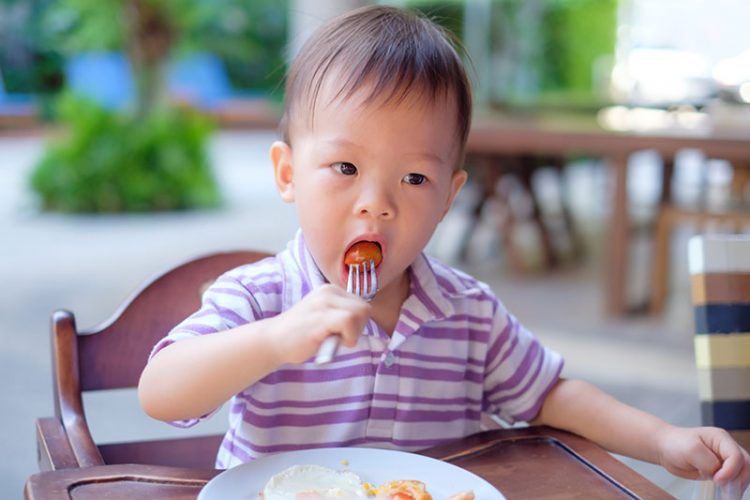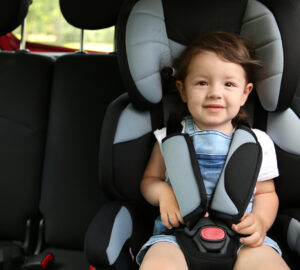
Babies choke on all sorts of things you wouldn’t expect, including a spoonful of nut butter, grapes, and hot dogs. Over five thousand people choked to death in 2019, and the National Safety Council warns that it’s one of the leading causes of death for infants. If you see your baby with her eyes wide, her face flushed, and coughing, but not making a sound, what do you do?
The best way to learn to do this is to get certified in Infant & Child First Aid/CPR/AED. Not only will you learn how to prevent choking and other life-threatening situations, but you will also learn how to help your baby if the worst ever happens.
If you haven’t gotten certified yet, though, here are some basic instructions. First, if your baby is coughing, crying, or making sounds, stay with her and keep an eye on her, but don’t interfere. Wait until she’s cleared the obstruction and call your doctor if you are worried about her breathing.
If she stops making sounds, though, you need to help her with some first aid.
Gravity can help dislodge whatever is blocking your baby’s airway. Place her face down along your forearm, holding her head and jaw in your hand. Tilt her so her head is below her feet. Use your free hand to give five (5) back slaps between her shoulder blades. Be careful to keep your fingers up and use just the heel of your hand.
Hopefully, the food or object will pop right out after the first or second slap. You’ll know if you’ve succeeded if she starts crying, coughing, or making breathing sounds.
But if not, try it from the front. Flip her to her back, still tilted down, head supported by your hand. Place (just) two fingers on her breastbone and push up to five times.
Nothing? Flip her face down again for another five backslaps. Then try the chest compressions again, five times. Repeat this until you’ve done five sessions of five on the back and five on the front.
If she passes out and doesn’t respond to shouting, call for help. If someone is with you, start CPR while they call 9-1-1. Perform 30 chest pushes (two fingers on the breastbone as above) and 2 breaths, cycled over and over until help arrives.
Each time you give breaths, check the mouth to see if you can sweep the food or object out, because CPR sometimes dislodge the object. If no one is around to call 9-1-1, stop after 5 sets of CPR, call 9-1-1, and then restart as soon as possible.
Every parent should get certified in Infant & Child First Aid/CPR/AED, because you never know when your child will need your help.
Gordon Gillis is a Board Certified safety expert with 20 years of experience in risk reducaiton serving businesses and residents of Maui COunty. You can register for a class at Safety Services Hawaii, an authorized training provider of Red Cross Programs in Maui County at www.SafetyServicesHawaii.com



